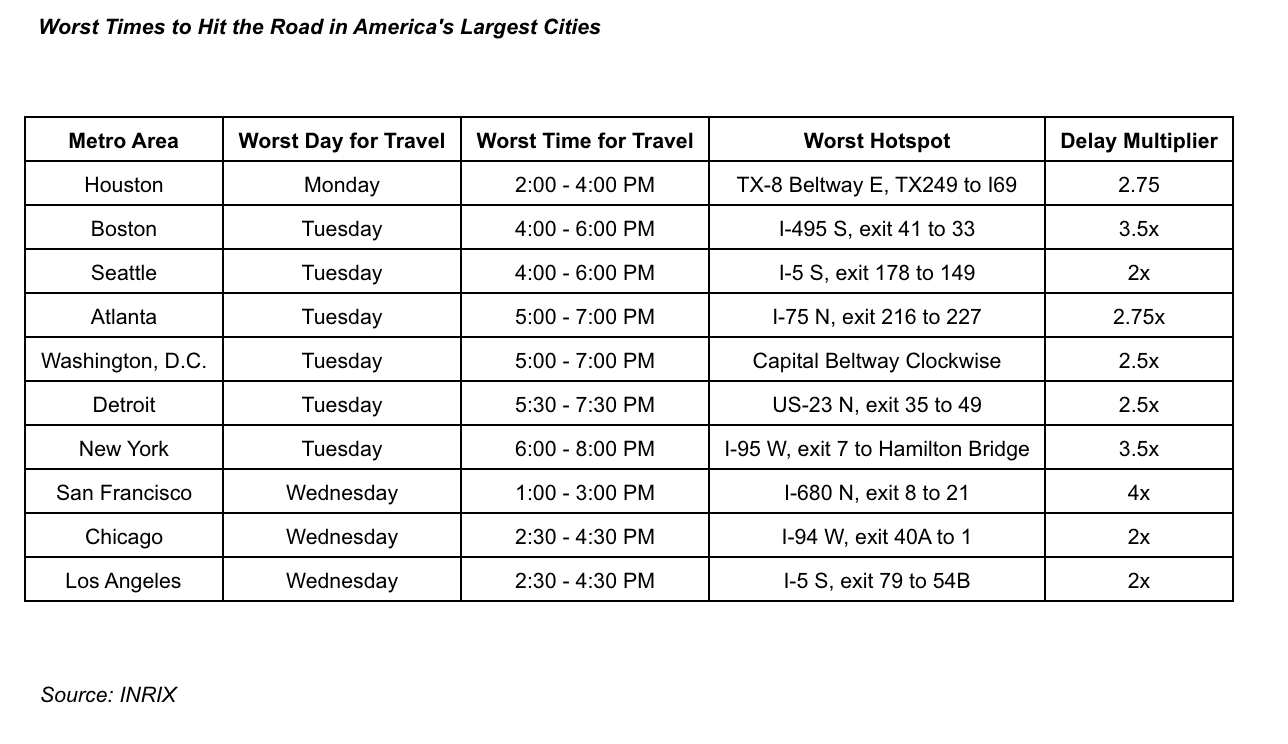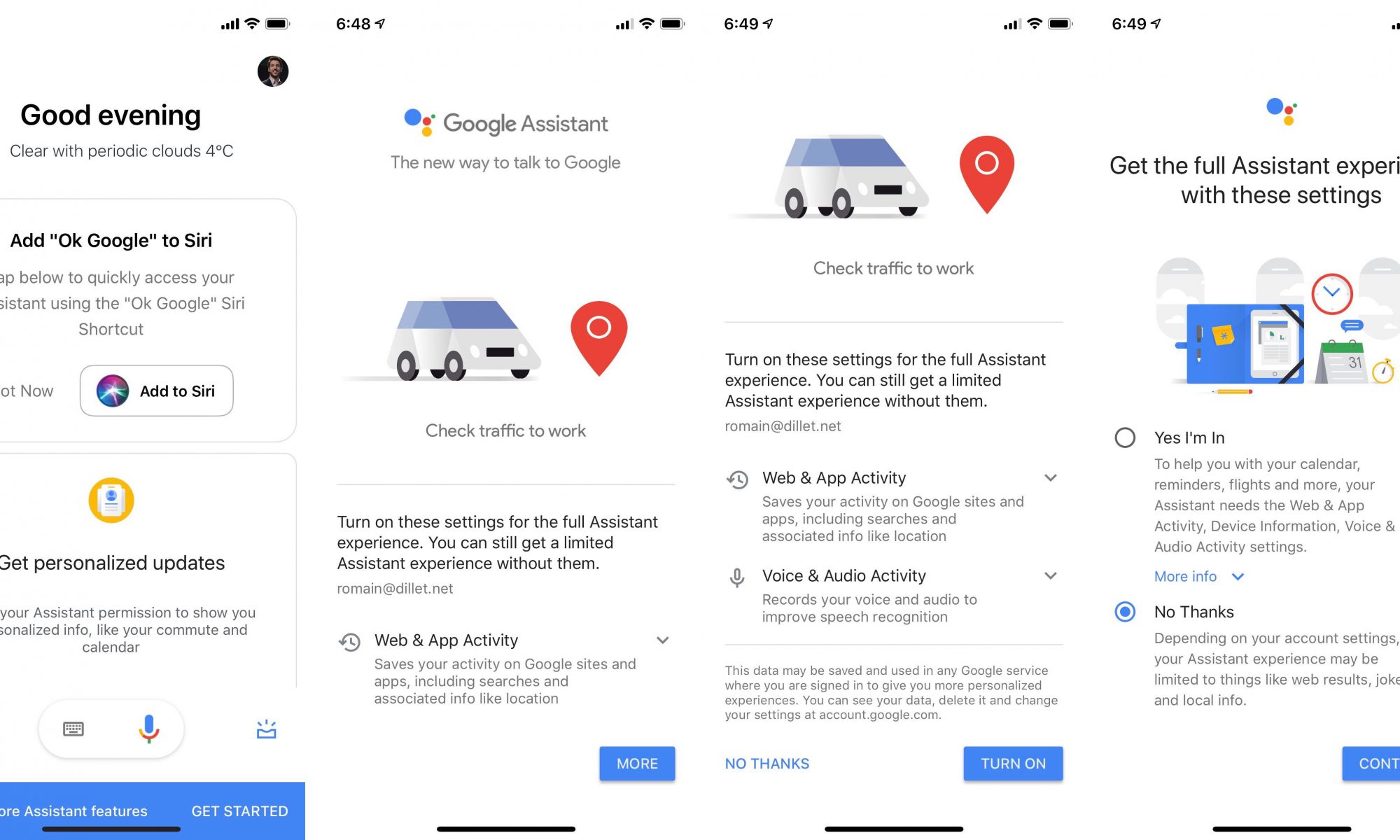The 2018 holiday season is predicted to be a bumper year for e-commerce, helped by economic forces like lower unemployment and underlying trends like an ever-growing proportion of shoppers opting to spend their money online, and specifically on mobile devices. Thanksgiving, a day when brick-and-mortar stores tend to be closed, is a big one for online spending, and so far it’s off to a flying start.
Adobe, which puts out real-time analytics tracking e-commerce sales, said that as of 10am ET, $406 million had already been spent online today — growth of 23.2 percent on 2017. Adobe tracks e-commerce transactions across 80 of the top 100 US online retailers and says its analytics are based on over 1 trillion visits to retail sites and 55 million SKUs.
At this rate, Adobe said it believes that sales today will total a record $3.5 billion, versus $2.9 billion a year ago. Notably, this is revised up from figures Adobe put out earlier this month, when it projected $3.1 billion in sales today.
It’s the first day of the “big five” for holiday shopping. Figures from Internet Retailer research predict that the total amount that will be spent over the period between Thanksgiving and Cyber Monday will be $21.6 billion. While rising tides might lift all boats, the biggest will reap the most rewards: it estimates that Amazon will account for nearly one-third of all sales.
The overall picture, interestingly, is that e-commerce continues to account for between 10 and 20 percent of all retail sales, largely the same proportion that we’ve seen for years. In other words, while the overall pie is growing in size, the proportion of the piece for online commerce does not appear to be changing for the moment.
Figures from eMarketer put overall US holiday sales at retailers at over $1 trillion for this season, while e-commerce will be around $123 billion, or around 12 percent of all sales.
We’ll be on the lookout for some mobile stats, but so far, the prediction is that they will see their highest-ever level of activity, both for browsing and for spending. So far, smartphones have accounted for 48.4 percent of all retail site visits and 28.2 percent of sales, which outpaces on browsing but not on sales — respectively, desktop accounted for 43.4 percent of site visits, but 62.3 percent of sales (cart abandonment continues to be a big factor). Tablets in both categories hover at around eight percent.
“Black Friday” — the day after Thanksgiving — was once considered the official start of the holiday shopping season, but that start has come earlier and earlier each year, with brick-and-mortar stores kicking off their sales earlier to compete more with internet-based shopping sites.
Between November 1 and yesterday, a total of $34.3 billion has been spent online, up 17.6 percent. Notably, all 21 days in November hit more than $1 billion in sales, and two days each saw $2 billion in spend. That high spend reaches a kind of zenith in the next four days, when one out of every five dollars will be spent, working out to $23.4 billion in sales (or 19 percent of all holiday season shopping).
“Pre-Thanksgiving deals appear to have enticed consumers to spend a little earlier as we saw our second $2 billion day of the holiday shopping season. That growth is continuing in the early morning hours of Thanksgiving Day and we expect strong growth in sales and mobile throughout the day,” said Taylor Schreiner, director, Adobe Digital Insights.
Adobe said that this year will see an even higher total than previous years because of how the calendar works out: there will be an extra day between Thanksgiving and Christmas, working out to $284 million spent.
In terms of products that are doing well so far, Adobe notes that top toys include L.O.L. Surprise! and Hatchimals. Top electronics meanwhile are Amazon Fire TV, Roku and Apple iPads.
Discounts will be coming in strong through Cyber Monday, but they are already starting. Average savings, Adobe noted, include 16.3 percent for computers, 4.7 percent for TVs and 12.2 percent for toys.
I am not sure how and why retailers would coalesce around these trends, but apparently today is best for sporting goods (discounted on average by 13 percent). Black Friday is best for computers (16 percent) and tablets (33 percent). The Sunday before Cyber Monday will see the best deals for apparel (22 percent), appliances (18 percent) and jewelry (5 percent) (seems to be a “female” theme there), and the biggest discounts for toys will happen Cyber Monday (19 percent), when kids are back at school and can’t peek over their parents’ shoulders as they are snapping up stuff to put under the tree.
We’ll keep updating this post as we get more updated figures.
Source: Tech Crunch






 Even travel times to airports have increased Wednesday. Travel times from downtown Seattle to the airport via Interstate 5 south and Chicago to O’Hare Airport via the Kennedy Expressway will be particularly long. The Chicago route, for instance, is projected to take 1 hour and 27 minutes at the peak time between 1:30 pm and 3:30 pm CT.
Even travel times to airports have increased Wednesday. Travel times from downtown Seattle to the airport via Interstate 5 south and Chicago to O’Hare Airport via the Kennedy Expressway will be particularly long. The Chicago route, for instance, is projected to take 1 hour and 27 minutes at the peak time between 1:30 pm and 3:30 pm CT.
